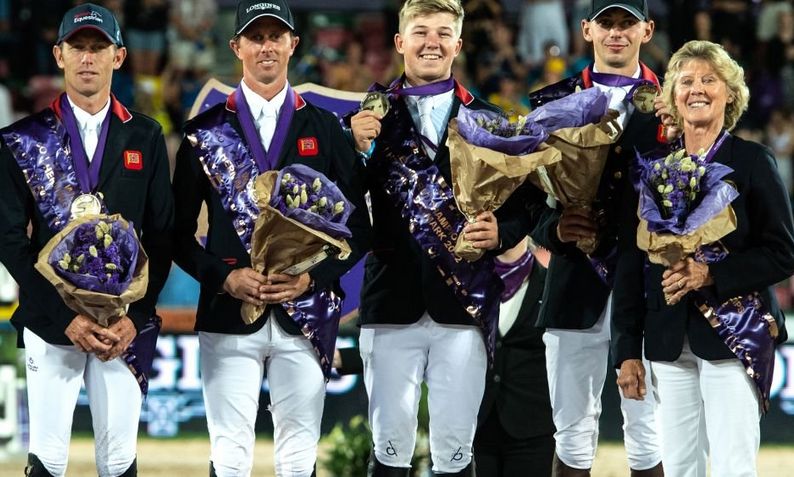
If you’ve not heard already, there has been a change to acceptable body protector standards, but don’t panic! We’re going to explain everything you need to know.
If you are a member or participate in events held by BE (British Eventing), Pony Club and British Riding Club, from the 8th April 2024, you will no longer be able to wear a body protector with the BETA 2009 standard tag at these events. As pictured here.
To compete at these events, you will need a body protector with the BETA 2018 standard tag. However, there are three different coloured tags to look out for and they all indicate different levels. Alternatively, if you are a leisure rider and you’re looking for advice on what type of body protector to be thinking about purchasing, hopefully this will point you in the right direction!

Level 1 BETA 2018 – This level of body protector is designed for jockeys and won’t provide the ideal protection for a rider. As it’s made to be so lightweight for racing, it is deemed only appropriate for licensed jockeys. Although body protectors with this tag are in line with the new standards, this is only for riders such as jockeys. If you were to get tack checked at an event such as British Eventing, Pony Club or any Riding Club event, you may not be allowed to compete. This would also be the case if you were to wear an old 2009 standard.
Level 2 BETA 2018 – This level of body protector is suitable for low risk riding situations, or just general riding as well as licensed jockeys when necessary. The term low risk is quite subjective, as every aspect of our wonderful sport could be and should be considered high risk. So although this tag marks an adequate standard of protection, it is not best practice. Again, if you were to get tack checked at an event such as British Eventing, Pony Club or any Riding Club event, you may not be allowed to compete.
Level 3 BETA 2018 – This level of body protector is appropriate for eventing, competitions and general riding. They’re designed to prevent bruising (although us equestrians are used to the odd bruise) that usually would cause significant injury after falling. Therefore, body protectors tagged with a level 3 2018 standard are best practice and are encouraged to purchase as they provide the best protection out of the three levels. You will be able to ride and compete at British Eventing, Pony Club and British Riding Club events with this tag.

BETA states ‘Garments bearing the now obsolete Level 5 or 7, Class 1, 2 or 3 labels and BETA 2000 Level 1, 2 or 3 should not be worn. You should be wearing a garment bearing the current BETA 2018 Standard.’
Regardless of safety standards, your body protector should be replaced every five years maximum, the reason for this is it doesn’t protect you as well as it would’ve done when you first bought it due to deterioration of the absorbency foam, especially if you’ve had multiple falls in it. If you’ve got a relatively new body protector and you’ve had a fall, to check whether it’s still fully functioning, you should be able to immediately look for any dents in the material, if they’re still there after 30 minutes, it’s time to go body protector shopping! If your body protector is still fully protective, the foam should expand back to its original shape within a time frame of 30 minutes. If it doesn’t, unfortunately your body protector should be replaced so that you are fully protected if you were to have another fall.
If you’re looking to buy a new body protector in line with the 2018 level 3 standard, our Airowear ‘Outlyne’, Charles Owen ‘Kontor’, Champion ‘Ti22’ and Racesafe ‘Provent 3.0’ are all up to the new safety standard in 2024. For more options or to buy one of these click here.
If you’d like a body protector fitting, click here to find your nearest store that can provide this service for free.
Most importantly, we hope you’re protecting yourself from our wonderful yet high risk sport!

